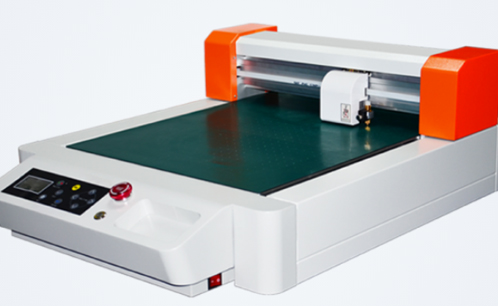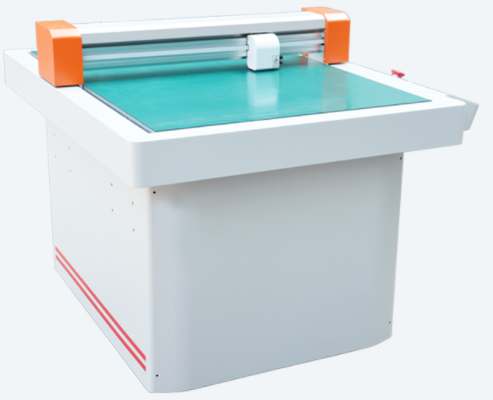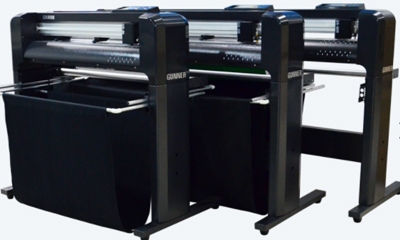The digital printing environment benefits from workflow automation. Flatbed cutters are an important piece of machinery to increase productivity through automation. However, these machines often require significant investment and print service providers (PSPs) sometimes close down due to the price tag.
Price should be weighed against the important features and benefits offered by flatbed cutters to determine if the investment makes sense. An all-capital expenditure, evaluating your estimated return on investment (ROI) is a smart business.
Flatbed cutters have come a long way since they first entered the market. As large format printing capabilities have expanded to support more materials, cutters have had to keep pace with faster knife cutting, improved vibratory cutting, drive wheels and lasers, and digital printing of fabrics. This complements the tools required to cut thicker materials using routers and milling machines. Modular cutting systems allow these tools to be configured to the job, but can also be supplied in a variety of sizes on static or transfer platforms.
Flatbed cutters are often equipped with a range of options to meet all digital cutting requirements. With a wide choice of cutting heads, a range of materials such as rigid materials, corrugated paper, fabric, and vinyl can be cut.
Most tables are supplied with a basic set of cutting tools such as oscillating knives, non-oscillating knives, scoring wheels, and kiss-cutting knives. Sometimes AV cutting tools are optional, as are spindle routers.
In addition to creasing, piercing, milling, and V-grooving, good digital tables offer cutting capabilities.
Many digital flatbed cutters use modular tooling systems, including routers, tangential cutters, and electric oscillating tools. While automatic router bit changes have become standard, some add automatic tool changes to further speed up manufacturing times. This also reduces the risk of operator error.
To make effective use of all these options, digital workflows help to automate the changeover between machining methods as well as tool and bit changes. Job and document retrieval can also be automated by means of barcode scanners or camera systems. Material handling can be automated through conveyor systems with reel feeders and spreaders, automatic sheet feeders, cardboard handling systems, and robotic unloading devices.
Other features that should be evaluated include tool calibration, vacuum strength, zones, and registration systems. The vacuum table holds the material in place, while the alignment system (laser or camera) ensures correct alignment.
Flatbed cutters can also provide pallet-to-pallet automation and roll-to-roll automation. With the help of camera positioning marks, they also ensure alignment and compensate for printing or lamination distortion, so the material remains perfectly finished.
Many of the tools are equipped with fully integrated registration software, enabling users to streamline the finishing process without having to switch back and forth between registration and tool production software.
CCD cameras and associated kits are essential to ensure that print marks can be recognized and cut. Better tables also ensure easy access to the work area and easy maintenance.
In addition to the standard features, many automatic flatbed cutting systems have optional add-on modules.
If there is interest in adding tooling options, the cost and difficulty of implementing them will depend on the existing system and the options they intend to add. Many automatic flatbed cutting machines are designed to meet the requirement to add tooling throughout the life of the machine as shop floor requirements evolve.
Most tooling options are easy to add, as long as the system is pre-wired for the feature and the tool heads allow interchangeability. For example, some routers and lasers require liquid cooling and it should be known whether these can be easily added to the field or require the help of a technician.
Most companies have similar prices for their tools. This can be determined before the tool is purchased. Ease of use may depend on the new substrate they will be cutting or routing. The automatic tool change and tool change function also determines the ease of use. This automation is important to reduce operator error.
Overall, the modular tooling options are usually straightforward. "Implementing them can be done in a matter of hours.


